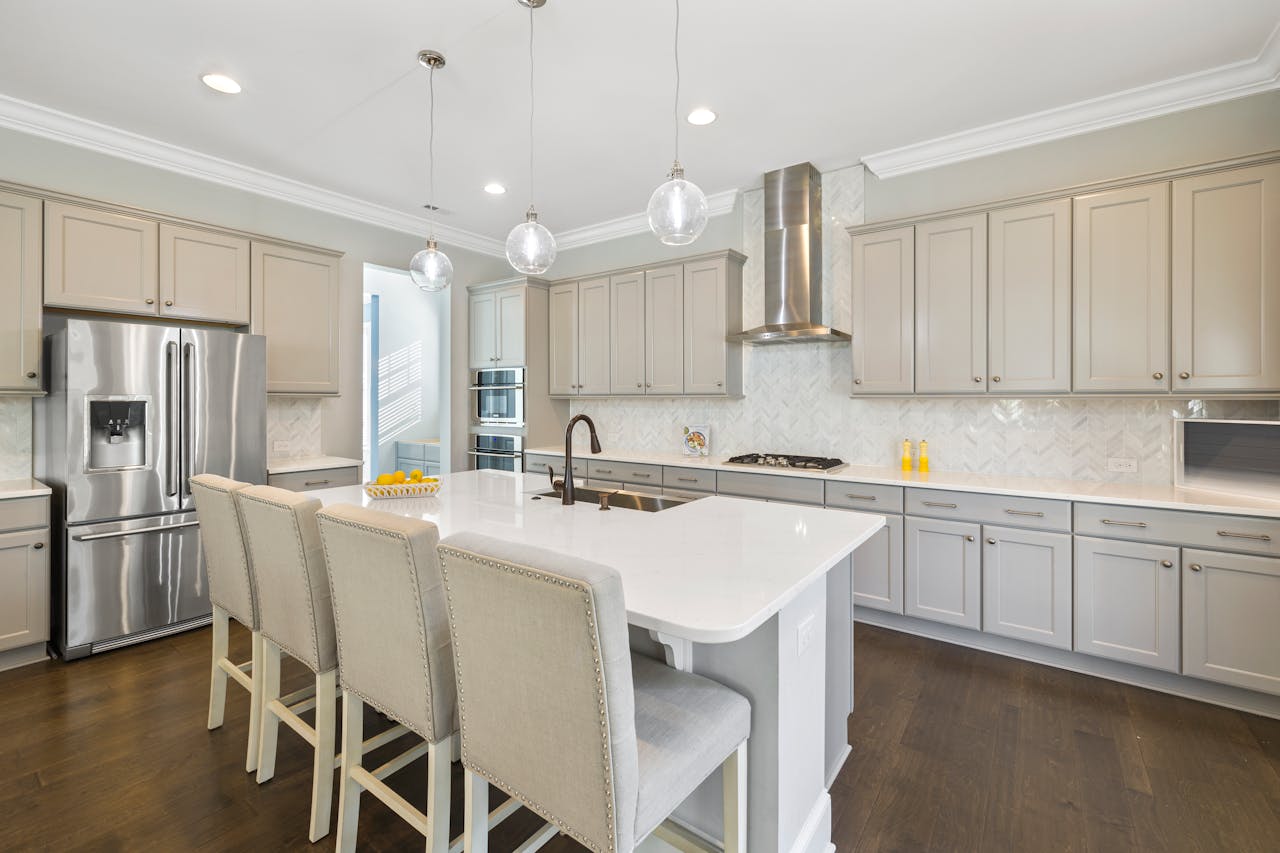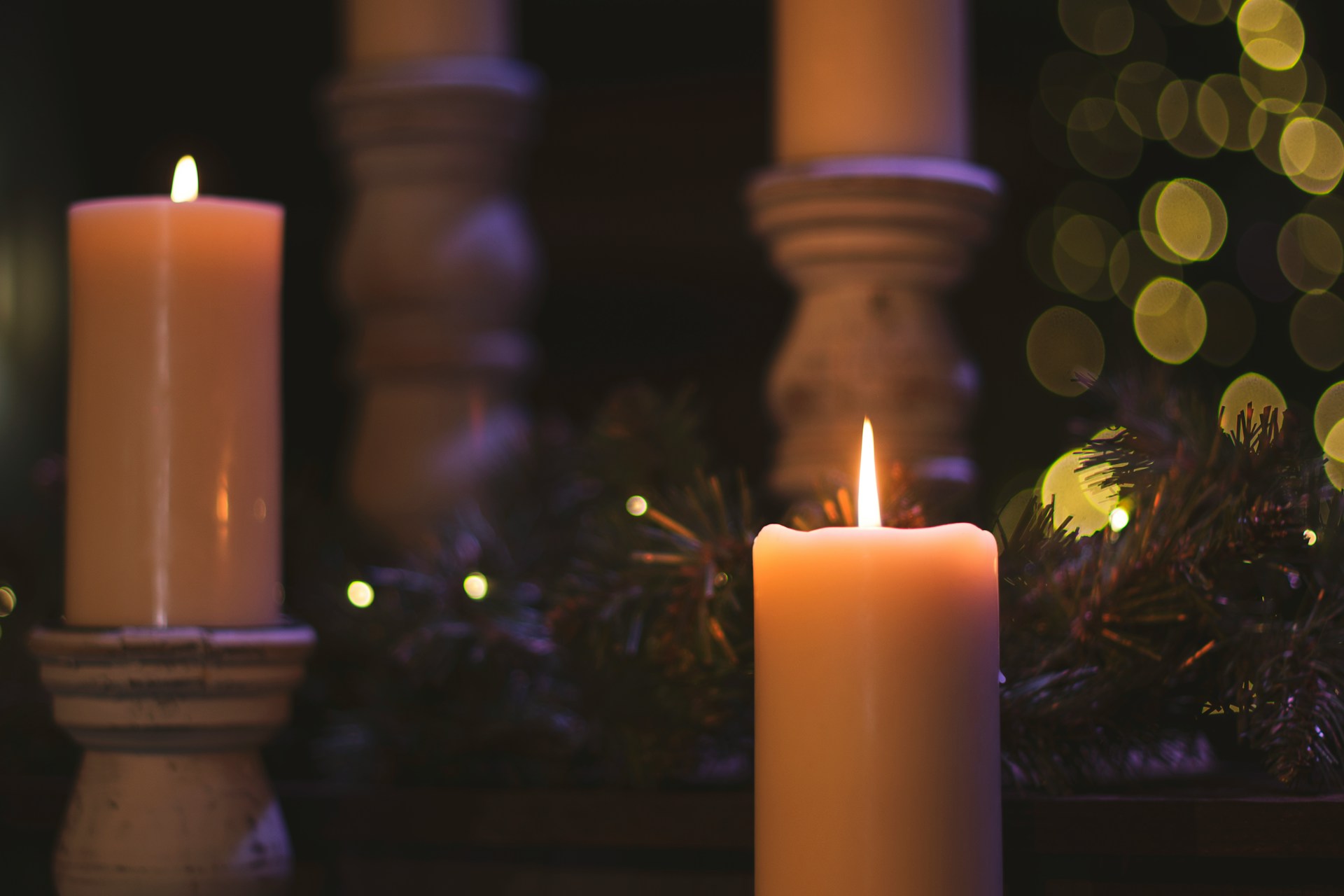
Understanding Kitchen Fire Coverage in Your Home Insurance Policy
Cooking is a central part of many households, especially during festive seasons like Thanksgiving. But as much as we enjoy preparing meals, there is always a risk of kitchen fires. A small mishap, such as a grease fire or a forgotten pot left on the stove, can quickly escalate and cause significant damage. That is where your home insurance policy comes in. But how does it work when a kitchen fire occurs?
What is Kitchen Fire Coverage?
Kitchen fire coverage refers to the protection your home insurance offers in case a fire occurs while cooking. Standard homeowner’s insurance policies typically include fire coverage, meaning that if a fire breaks out in your kitchen, your insurance may help pay for the repairs to your home and replace any damaged belongings.
This type of coverage generally includes damage to the structure of your home, such as the kitchen cabinets, countertops, and walls, as well as any personal property that is affected by the fire. Whether the fire started from an oven, stove, or deep fryer, the damage caused by the fire can be covered under your home insurance policy, provided the fire was accidental and not due to negligence.
If you find yourself in this situation, your insurance company will help you repair your kitchen and replace items such as appliances, furniture, and cookware. However, it is essential to read your policy closely to understand the limits and exclusions that may apply.

The Role of Your Deductible
A deductible is the amount of money you are required to pay out of pocket before your insurance coverage begins. In the case of a kitchen fire, this means you will need to pay the deductible amount before the insurance company steps in to cover the remaining costs.
For example, if the damage from a kitchen fire totals $3,000, and your deductible is $1,000, you will be responsible for paying the first $1,000. Your insurance will cover the remaining $2,000, up to the coverage limit outlined in your policy. If the damage from the fire is less than your deductible, you may have to pay for the repairs entirely on your own.
It is important to understand your deductible because it can have a significant impact on whether it is worth filing a claim. For smaller damages, it may be better to cover the costs yourself rather than going through your insurance.
What Happens if a Kitchen Fire Happens?
If a kitchen fire does occur, it is crucial to act quickly and calmly. Here are the steps to take:
- Call Emergency Services: If the fire is large or out of control, immediately call the fire department or emergency services.
- Notify Your Insurance Company: Once the fire has been handled, it is important to contact your insurance provider as soon as possible. They will guide you through the claims process and explain what steps you need to take to file a claim.
- Document the Damage: Before making any repairs, take clear photographs of the damage caused by the fire. This will be important for your claim process.
- Start the Cleanup: Once your insurance company has been notified, and you have documented the damage, you can begin cleaning up and making repairs. Some insurers may send an adjuster to assess the damage and determine the amount that will be covered.
These steps will help you handle the aftermath of a kitchen fire and ensure that you are properly compensated for your losses.
When Will Your Insurance Not Cover a Kitchen Fire?
Although standard home insurance typically covers kitchen fire damage, there are some situations in which your insurance may not pay for the damage. For instance, if the fire was caused by gross negligence, such as leaving the stove unattended for an extended period or improperly maintaining your cooking equipment, your insurance may not cover the damage.
It is important to maintain your kitchen and practice safe cooking habits to avoid situations where insurance may not cover the damage. Regularly clean your stovetop, replace faulty equipment, and always stay in the kitchen while cooking to minimize the risk of a fire. Additionally, having a fire extinguisher nearby can help prevent small fires from turning into bigger, more costly problems.
Tips for Preventing Kitchen Fires
The best way to deal with a kitchen fire is to avoid it in the first place. Here are some simple safety tips to help prevent kitchen fires:
- Stay in the Kitchen: Never leave cooking food unattended, especially on the stove or in the oven.
- Keep Flammable Items Away: Keep towels, paper towels, and other flammable items away from the stove and oven.
- Use a Fire Extinguisher: Have a fire extinguisher nearby and make sure everyone in your household knows how to use it.
- Clean Your Appliances Regularly: Grease buildup on your stove or oven can catch fire. Clean your appliances regularly to prevent this from happening.
These tips can help reduce the risk of a kitchen fire and ensure that you have a safer cooking environment, especially during busy cooking times like Thanksgiving dinner.
Start Your Quote Today
Our licensed specialist will search for the best insurance quotes and will email you when ready.


